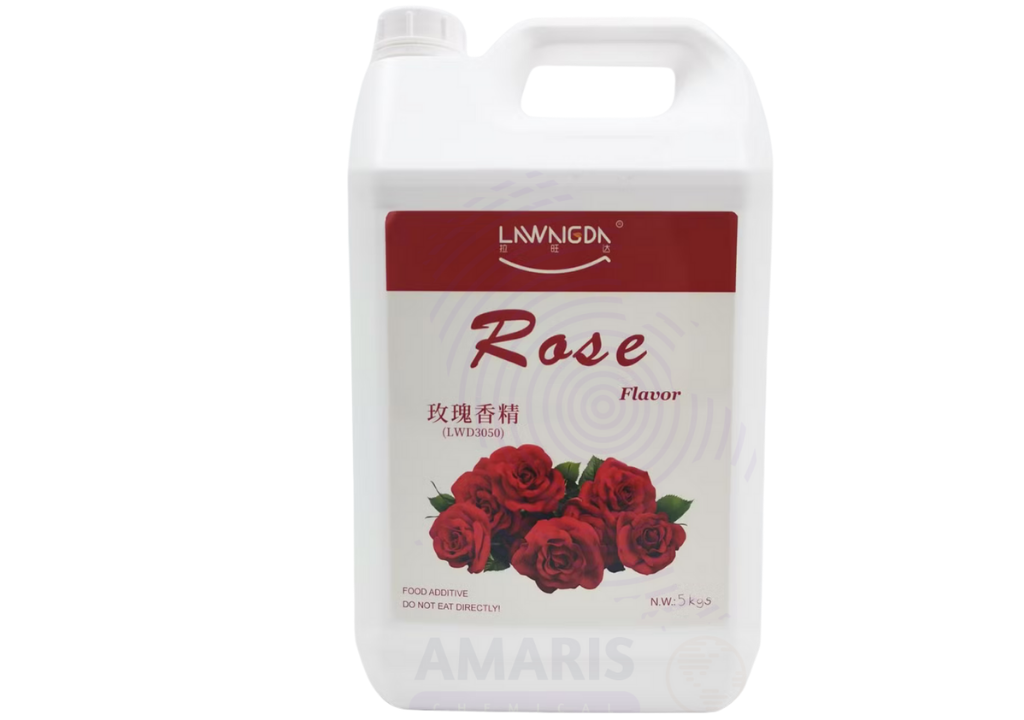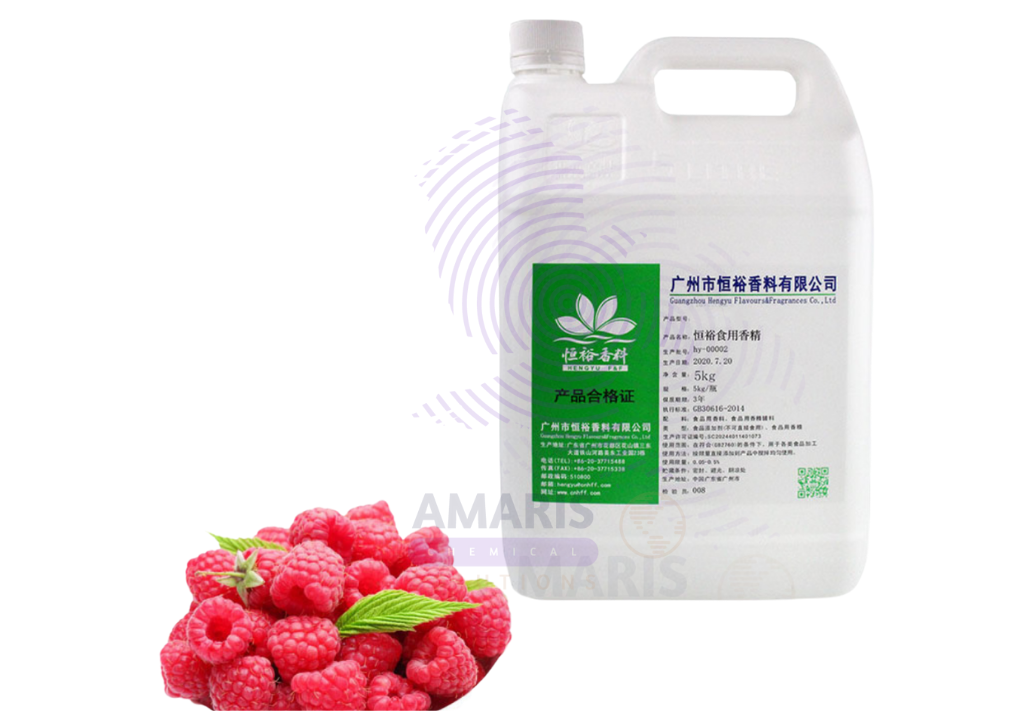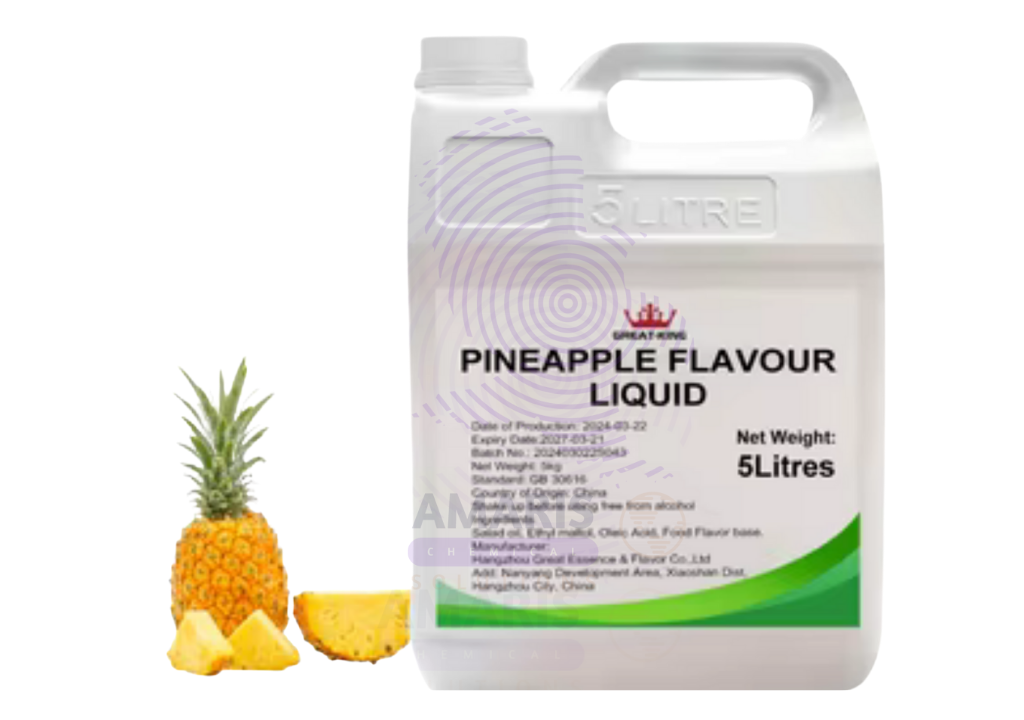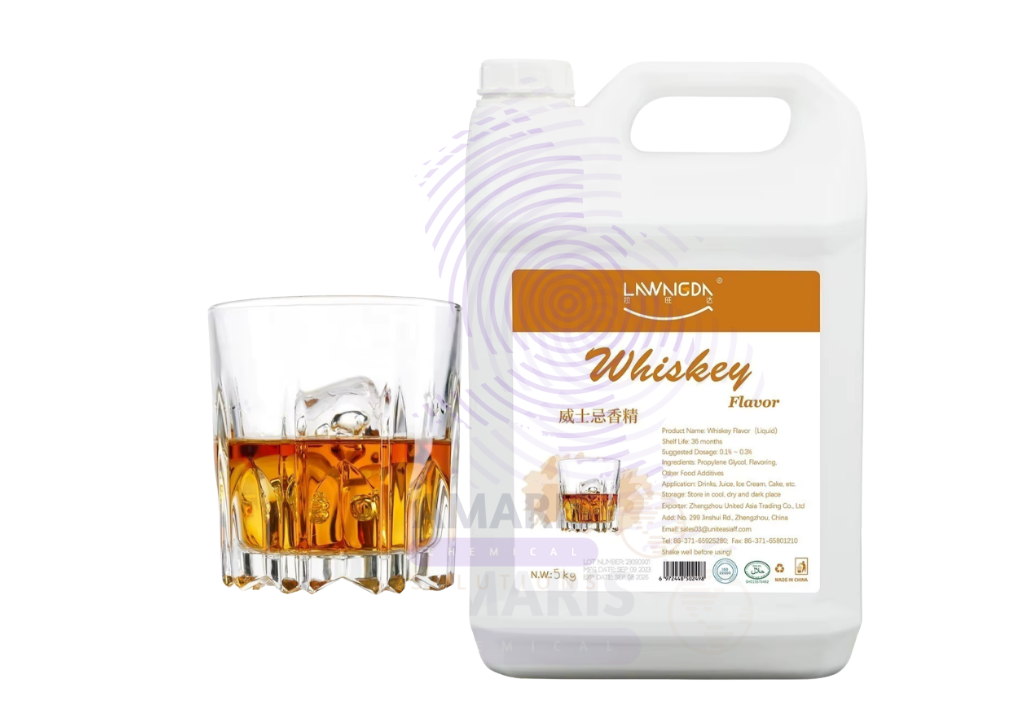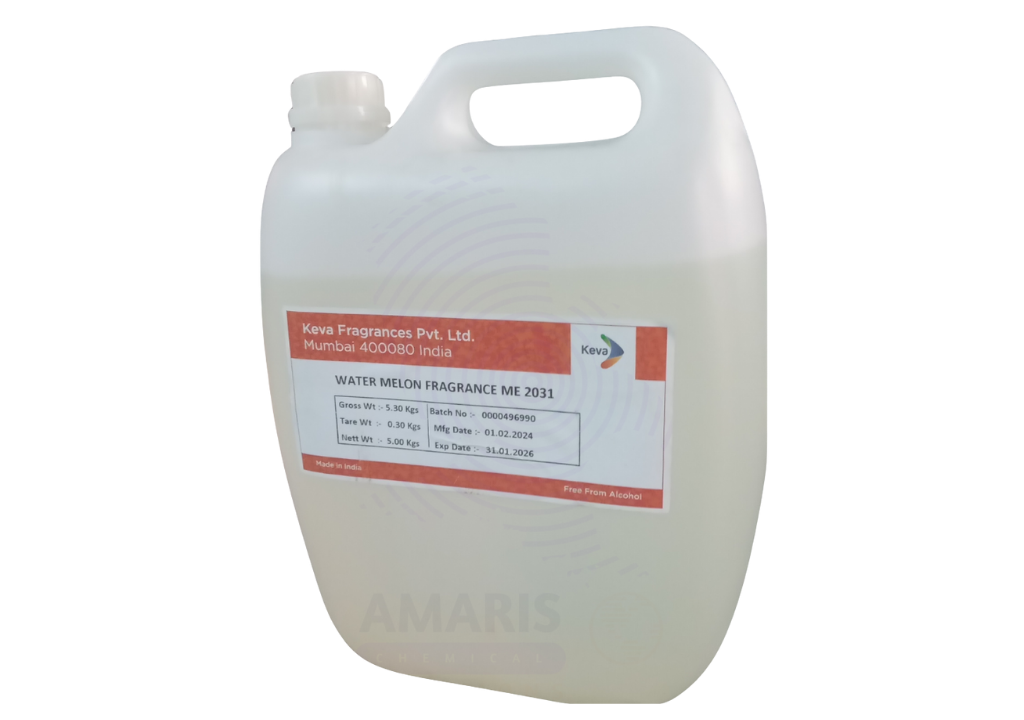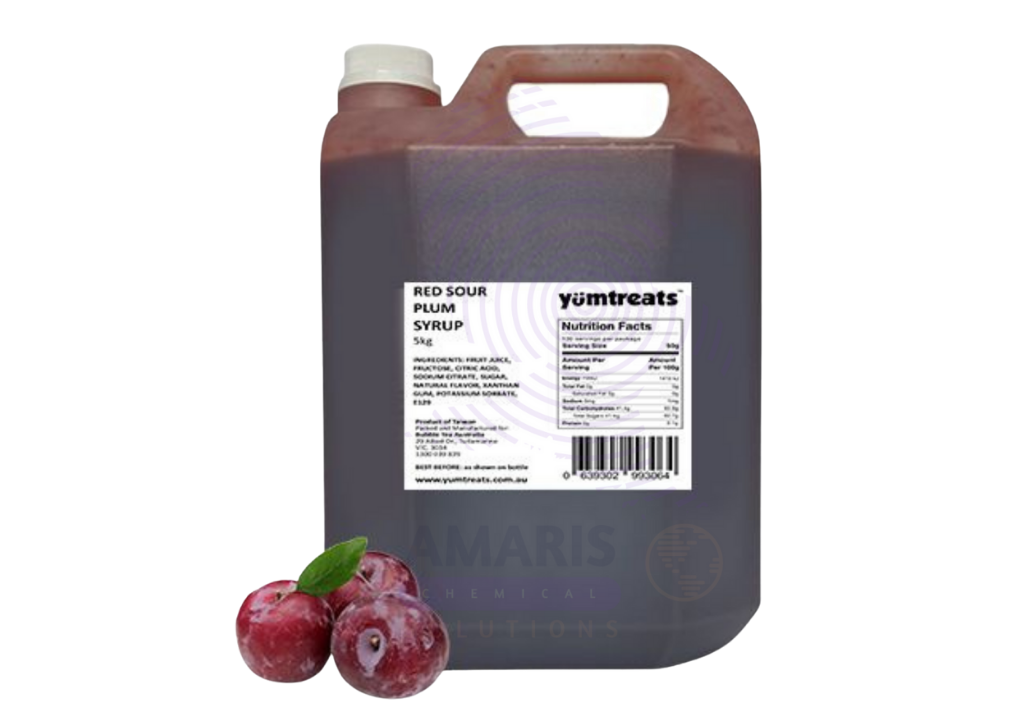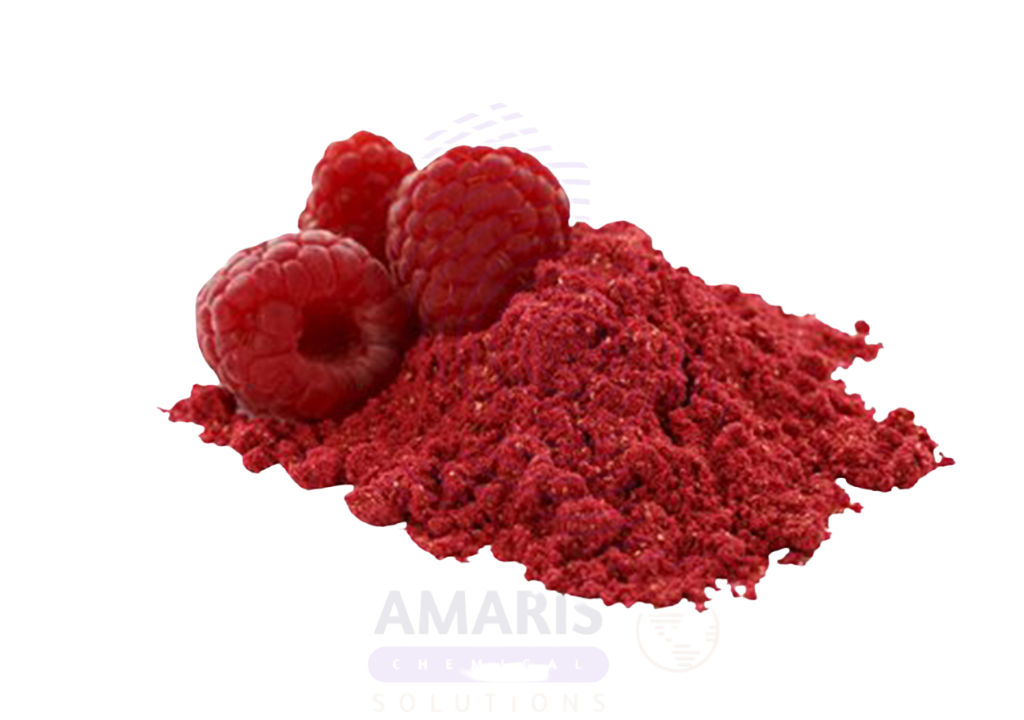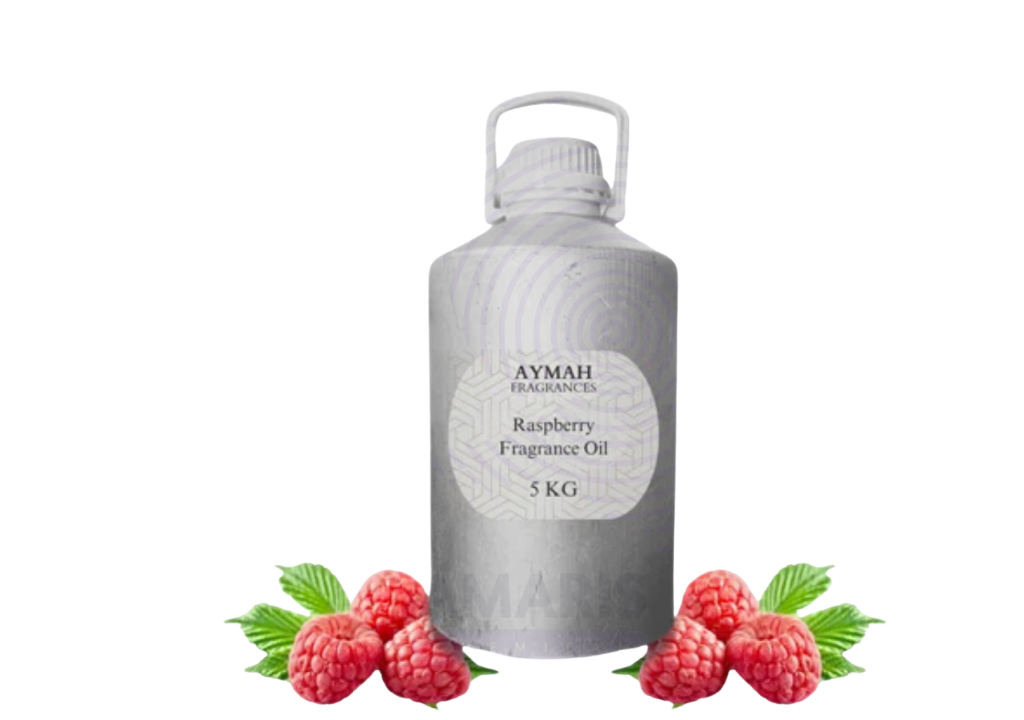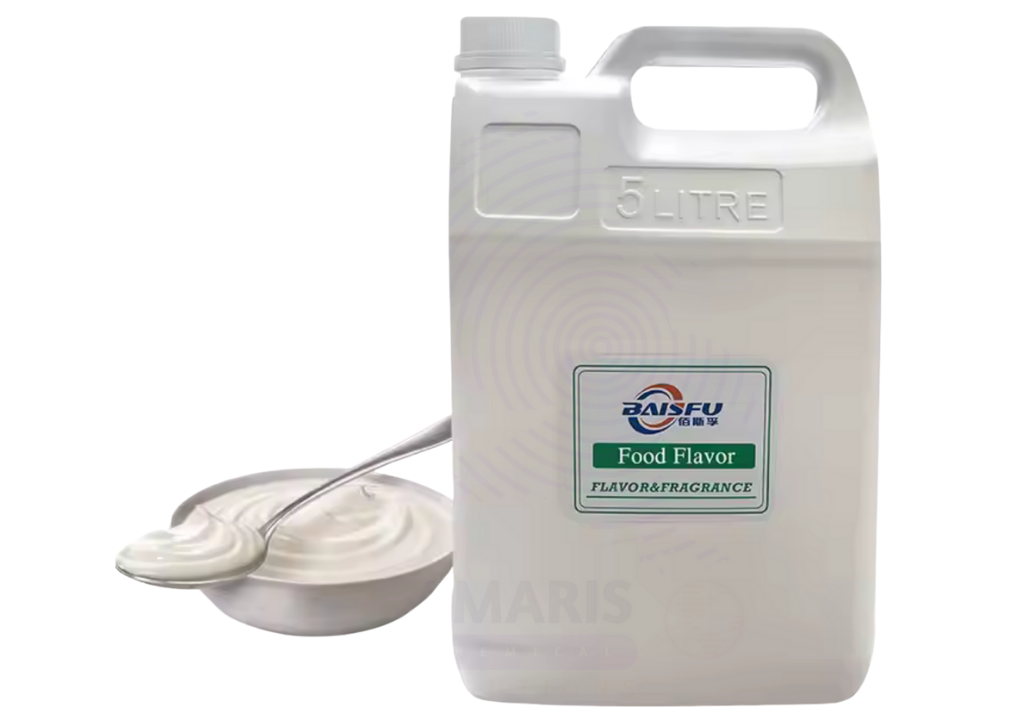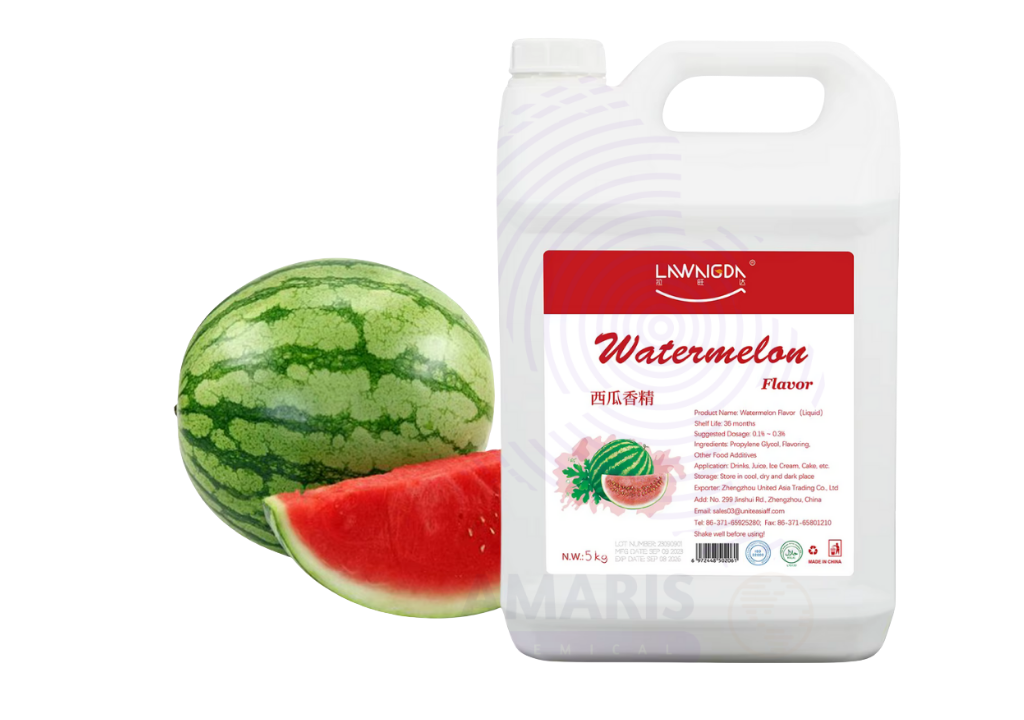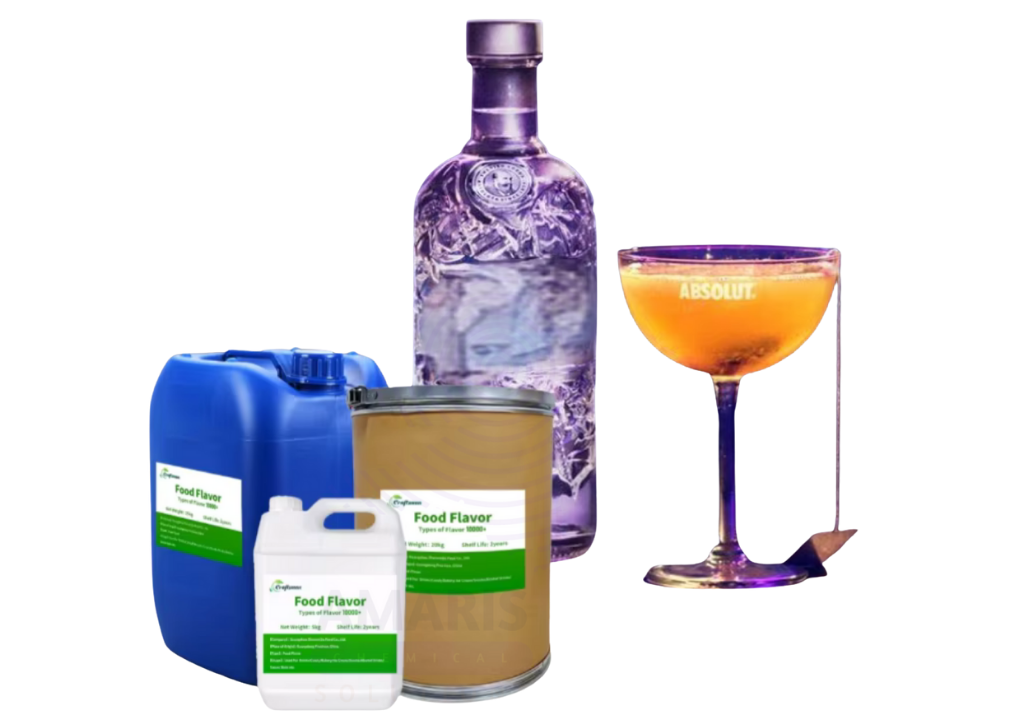Xylene: The Versatile Industrial Solvent Powering Modern Manufacturing 🧪⚙️
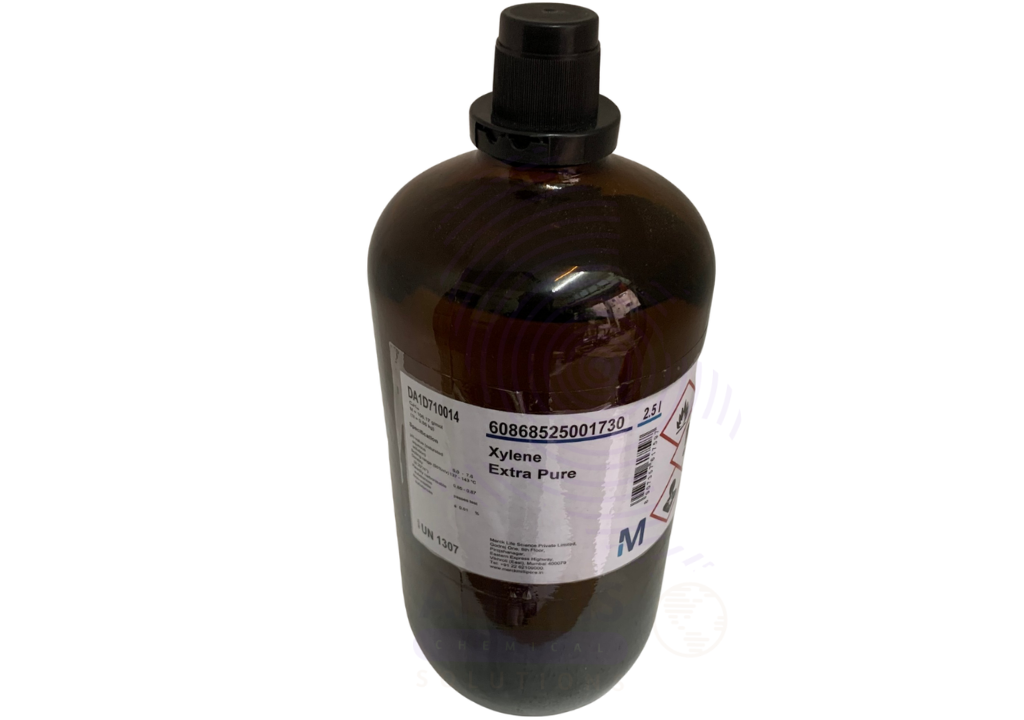
When it comes to industrial solvents, few chemicals match the versatility and performance of Xylene. Known for its exceptional ability to dissolve, clean, and blend, Xylene plays a crucial role across paint, coatings, rubber, adhesive, and printing industries. Its unique balance of solvency strength and controlled evaporation makes it a cornerstone in modern chemical processing.
At Amaris Chemical Solutions, we understand how essential reliable solvents are to achieving high-quality production results. Let’s explore what makes Xylene so valuable and how it continues to shape industrial chemistry.
🌟 What is Xylene?
Xylene (also called dimethylbenzene) refers to a group of aromatic hydrocarbons consisting of three isomers—ortho-, meta-, and para-xylene. These colorless, sweet-smelling liquids are typically derived from petroleum or coal tar during the refining process.
Chemically, Xylene is known for its excellent solvency power, making it capable of dissolving a wide range of resins, dyes, and polymers that are otherwise insoluble in other organic solvents.
🔬 Physical and Chemical Properties
- Appearance: Clear, colorless liquid
- Odor: Sweet, aromatic
- Boiling Point: 137–144°C (depending on isomer)
- Solubility: Insoluble in water, but miscible with alcohol, ether, and many organic solvents
- Flash Point: Around 25°C (closed cup) – Flammable
- Density: Approximately 0.86 g/cm³
These properties make Xylene a powerful and adaptable solvent for both industrial and laboratory use.
🏭 Major Industrial Applications of Xylene
1. Paints, Coatings, and Varnishes 🎨
Xylene is widely used as a solvent and thinner in paints and varnishes to adjust viscosity, improve flow, and ensure a smooth finish. Its moderate evaporation rate helps maintain even drying without leaving residue or bubbles.
2. Printing Inks and Adhesives 🖨️
Due to its compatibility with various resins and polymers, Xylene is a key ingredient in ink formulations and industrial adhesives, providing the right consistency and adhesion strength.
3. Rubber and Leather Industries 👟
In rubber processing, Xylene aids in dissolving and softening polymers, making it ideal for producing flexible, durable materials. It’s also used in leather finishing for achieving uniform surface coatings.
4. Chemical Intermediates ⚗️
Xylene is an important raw material in the manufacture of terephthalic acid (TPA) and dimethyl terephthalate (DMT)—both essential in producing polyethylene terephthalate (PET) plastics and fibers.
5. Cleaning and Degreasing Agent 🧼
Industrially, Xylene acts as a strong degreaser for cleaning metal surfaces, tools, and equipment, especially before painting or coating processes.
⚠️ Safety and Handling Information
While Xylene is invaluable, it requires careful handling due to its flammability and potential health effects:
🔺 Personal Protective Equipment (PPE):
- Wear chemical-resistant gloves, goggles, and protective clothing.
- Use only in well-ventilated areas or under fume hoods.
🔥 Fire Safety:
- Keep away from open flames and high heat sources.
- Store in tightly closed containers in a cool, dry, and well-ventilated place.
💧 First Aid Measures:
- Inhalation: Move to fresh air immediately.
- Skin Contact: Wash with soap and water.
- Eye Contact: Rinse cautiously with clean water.
- Ingestion: Seek medical attention—do not induce vomiting.
🌍 Environmental and Health Considerations
Although Xylene is biodegradable under controlled conditions, improper disposal can lead to soil and water contamination. Always follow local environmental regulations when disposing of waste solvents.
Exposure to high concentrations can affect the central nervous system, causing dizziness or headaches—so proper ventilation and PPE use are essential.
💡 Conclusion
Xylene is more than just a solvent—it’s a critical enabler of innovation in paints, coatings, plastics, and adhesives. Its chemical stability, powerful dissolving ability, and controlled evaporation rate make it indispensable in modern industry.
At Amaris Chemical Solutions, we supply high-quality Xylene suitable for industrial, laboratory, and production needs—ensuring reliability, purity, and performance with every drop.
Empower your manufacturing processes with Xylene—the solvent that delivers results.


 Preservatives(food)
Preservatives(food) Flavor Enhancers
Flavor Enhancers Acidulants
Acidulants Sweeteners
Sweeteners Antioxidants
Antioxidants Colorants(food)
Colorants(food) Nutraceutical Ingredients (food)
Nutraceutical Ingredients (food) Nutrient Supplements
Nutrient Supplements Emulsifiers
Emulsifiers
 Collectors
Collectors Dust Suppressants
Dust Suppressants Explosives and Blasting Agents
Explosives and Blasting Agents Flocculants and Coagulants
Flocculants and Coagulants Frothers
Frothers Leaching Agents
Leaching Agents pH Modifiers
pH Modifiers Precious Metal Extraction Agents
Precious Metal Extraction Agents
 Antioxidants(plastic)
Antioxidants(plastic) Colorants (Pigments, Dyes)
Colorants (Pigments, Dyes) Fillers and Reinforcements
Fillers and Reinforcements Flame Retardants
Flame Retardants Monomers
Monomers Plasticizers
Plasticizers Polymerization Initiators
Polymerization Initiators Stabilizers (UV, Heat)
Stabilizers (UV, Heat)
 Antifoaming Agents
Antifoaming Agents Chelating Agents
Chelating Agents Coagulants and Flocculants
Coagulants and Flocculants Corrosion Inhibitors
Corrosion Inhibitors Disinfectants and Biocides
Disinfectants and Biocides Oxidizing Agents
Oxidizing Agents pH Adjusters
pH Adjusters Scale Inhibitors( water)
Scale Inhibitors( water)
 Antioxidants(cosmetic)
Antioxidants(cosmetic) Emollients
Emollients Fragrances and Essential Oils
Fragrances and Essential Oils Humectants
Humectants Preservatives
Preservatives Surfactants(cosmetic)
Surfactants(cosmetic) Thickeners
Thickeners UV Filters
UV Filters
 Fertilizers
Fertilizers Soil Conditioners
Soil Conditioners Plant Growth Regulators
Plant Growth Regulators Animal Feed Additives
Animal Feed Additives Biostimulants
Biostimulants Pesticides (Herbicides, Insecticides, Fungicides)
Pesticides (Herbicides, Insecticides, Fungicides)
 Active Pharmaceutical Ingredients (APIs)
Active Pharmaceutical Ingredients (APIs) Excipients
Excipients Solvents(pharmaceutical)
Solvents(pharmaceutical) Antibiotics
Antibiotics Antiseptics and Disinfectants
Antiseptics and Disinfectants Vaccine Adjuvants
Vaccine Adjuvants Nutraceutical Ingredients (pharmaceutical)
Nutraceutical Ingredients (pharmaceutical) Analgesics & Antipyretics
Analgesics & Antipyretics
 Analytical Reagents
Analytical Reagents Solvents(lab)
Solvents(lab) Chromatography Chemicals
Chromatography Chemicals Spectroscopy Reagents
Spectroscopy Reagents microbiology-and-cell-culture-reagents
microbiology-and-cell-culture-reagents Molecular Biology Reagents
Molecular Biology Reagents Biochemical Reagents
Biochemical Reagents Inorganic and Organic Standards
Inorganic and Organic Standards Laboratory Safety Chemicals
Laboratory Safety Chemicals Specialty Laboratory Chemicals(Special Laboratory Equipment)
Specialty Laboratory Chemicals(Special Laboratory Equipment)
 Demulsifiers
Demulsifiers Hydraulic Fracturing Fluids
Hydraulic Fracturing Fluids Scale Inhibitors(oil)
Scale Inhibitors(oil) Surfactants(oil)
Surfactants(oil) Drilling Fluids
Drilling Fluids
 Dyes and Pigments
Dyes and Pigments Bleaching Agents
Bleaching Agents Softening Agents
Softening Agents Finishing Agents
Finishing Agents Antistatic Agents
Antistatic Agents
 Admixtures
Admixtures Waterproofing Agents
Waterproofing Agents Sealants and Adhesives
Sealants and Adhesives Curing Compounds
Curing Compounds Concrete Repair Chemicals
Concrete Repair Chemicals Anti-Corrosion Coatings
Anti-Corrosion Coatings
 Surfactants(cleaning)
Surfactants(cleaning) Builders
Builders Enzymes
Enzymes Solvents (Cleaning)
Solvents (Cleaning) Fragrances
Fragrances
 Electronic Chemicals
Electronic Chemicals Catalysts
Catalysts Lubricants
Lubricants Photographic Chemicals
Photographic Chemicals Refrigerants
Refrigerants Automotive chemicals
Automotive chemicals Pyrotechnic Chemicals
Pyrotechnic Chemicals
 Biodegradable Surfactants
Biodegradable Surfactants Bio-based Solvents
Bio-based Solvents Renewable Polymers
Renewable Polymers Carbon Capture Chemicals
Carbon Capture Chemicals Wastewater Treatment Chemicals
Wastewater Treatment Chemicals
 Pigments
Pigments Solvents(paint)
Solvents(paint) Specialty Coatings
Specialty Coatings Binders/Resins
Binders/Resins Additives
Additives Driers
Driers Anti-Corrosion Agents
Anti-Corrosion Agents Functional Coatings
Functional Coatings Application-Specific Coatings
Application-Specific Coatings
 Fresh Herbs
Fresh Herbs Ground Spices
Ground Spices Whole Spices
Whole Spices Spice Blends
Spice Blends Dried Herbs
Dried Herbs
 Leavening Agents
Leavening Agents Dough Conditioners
Dough Conditioners Flour Treatments
Flour Treatments Fat Replacers
Fat Replacers Decoratives
Decoratives Preservatives(baking)
Preservatives(baking)
 Plasticizers & Softeners
Plasticizers & Softeners Reinforcing Agents
Reinforcing Agents Adhesion Promoters
Adhesion Promoters Vulcanizing Agents
Vulcanizing Agents Antidegradants
Antidegradants Blowing Agents
Blowing Agents Fillers & Extenders
Fillers & Extenders Accelerators & Retarders
Accelerators & Retarders
